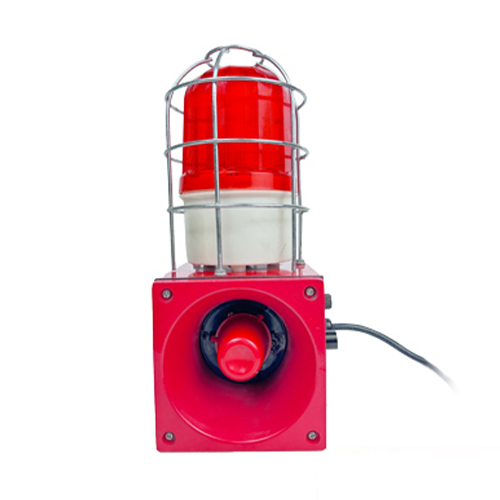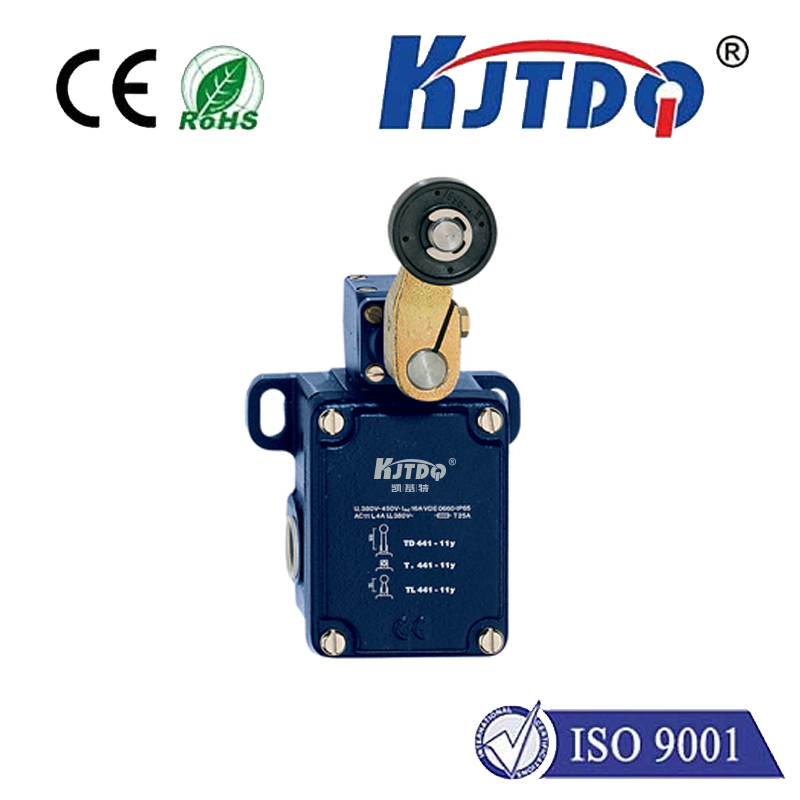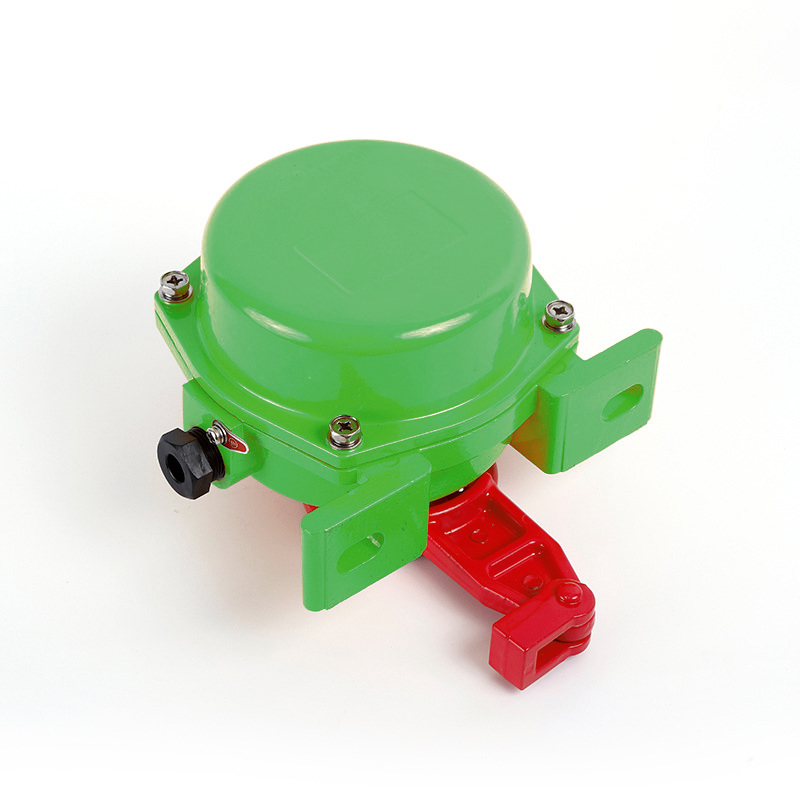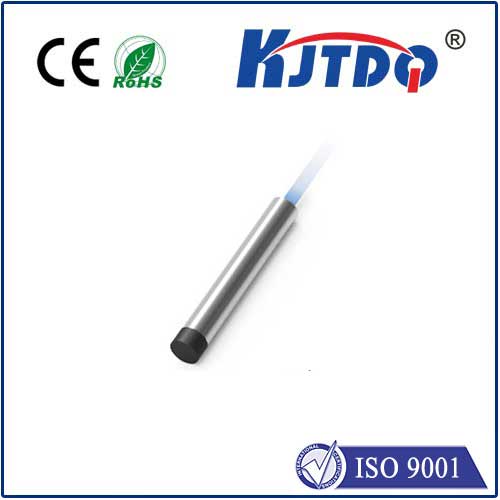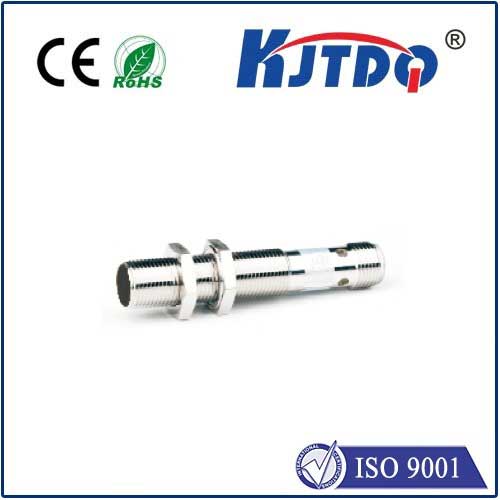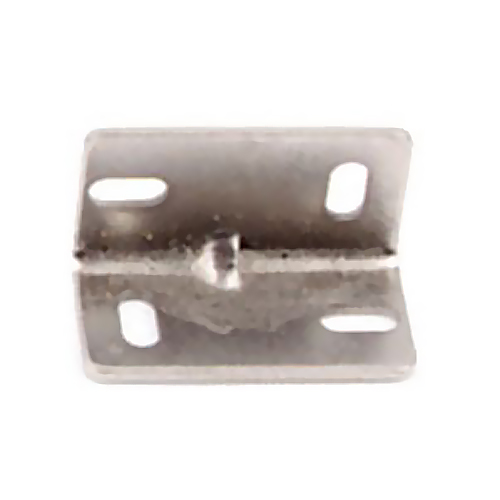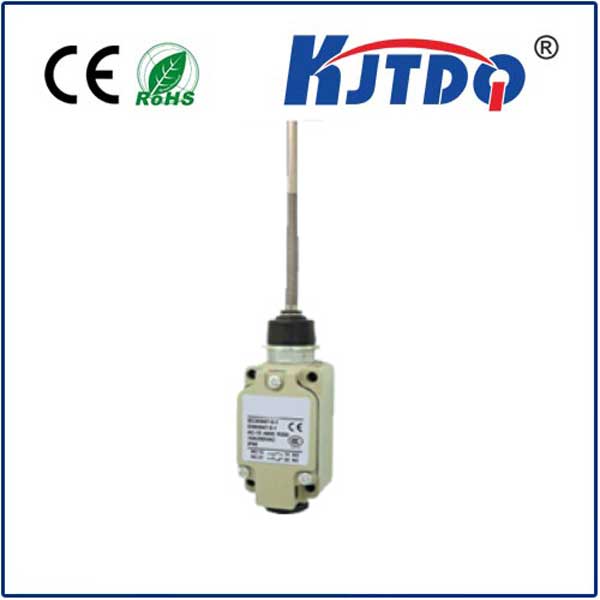limit switch micro switch
- time:2025-09-12 02:44:06
- Нажмите:0
Limit Switches & Micro Switches: Precision Position Sensing for Reliable Control
That satisfying “click” when your garage door safely reverses, the precise stop of an industrial robot arm, the reliable latch detection on your microwave door – these everyday marvels often rely on two unsung heroes of automation: the limit switch and the micro switch. While their names are sometimes used interchangeably, and they share a fundamental purpose, understanding their nuances is key for engineers, technicians, and anyone specifying control components. This article demystifies these essential devices, exploring their roles, similarities, differences, and how they underpin safety and precision in countless applications.
At their core, both limit switches and micro switches are electromechanical sensors. Their primary function is to detect the presence or absence, or the precise position, of an object. They achieve this by being physically actuated – touched, pressed, or moved – by the target object itself or by a component attached to it (like a cam or lever). This physical interaction causes an internal mechanism to rapidly change the state of electrical contacts within the switch, either opening or closing a circuit. This simple action signals a controller (like a PLC) or directly controls machinery to start, stop, or change operation.
Understanding the Limit Switch: Position Guardian
А.ограничительный переключатель is primarily defined by its Применение: it senses the extreme limit of movement of a mechanical device. Think of it as a sentry posted at a specific point along a path of travel. When a moving part reaches this pre-set point, it physically contacts the limit switch’s actuator (which could be a roller, plunger, lever arm, or whisker). This actuation triggers the switch to change its electrical state.

- Design Focus: Limit switches are often built robustly for industrial environments. Their emphasis is on reliability over billions of operational cycles, resistance to environmental factors (dust, moisture, temperature swings – often indicated by IP ratings like МП67), and the durability of the actuator mechanism itself. Common actuators include heavy-duty rollers and long levers designed to withstand repeated impacts or pushes from machinery parts.
- Key Characteristics:
- Defined by where it senses (end of travel, specific position).
- Prioritizes mechanical robustness and environmental sealing.
- Actuator type is chosen for the specific mechanical interaction required.
- Electrical ratings (voltage, current) vary widely depending on the load being controlled.
- Typical Applications: Detecting the end-of-travel for conveyor belts, machine tool slides, overhead cranes, elevator positioning, valve open/closed confirmation, and safety guarding interlocks.
Understanding the Micro Switch: The Precision Snap-Action
А.micro switch, conversely, is defined by its internal mechanism: the snap-action switch. This design is the heart of its functionality. Regardless of how slowly the actuator is pressed, the internal spring-loaded mechanism “snaps” the electrical contacts open or closed extremely rapidly at a precise point in the actuator’s travel. This snap-action is crucial.
- The Power of Snap-Action: This rapid break/make action minimizes arcing at the contacts, significantly extending the switch’s lifespan – often rated for millions of cycles. It provides a crisp, reliable electrical signal transition every single time, unaffected by the speed of the actuator. This consistent performance is the micro switch’s hallmark.
- Design Focus: Micro switches excel in compactness and repeatability. While also robust, their defining features are the snap-action mechanism and relatively small size. They are often the type of switch mechanism used inside many limit switches.
- Key Characteristics:
- Defined by the snap-action mechanism.
- Characterized by compact size, precise operating point (“operating point” force/distance), and high cycle life.
- Available with various small actuator types (pin plungers, short levers, simulated rollers).
- Can be integrated into countless devices where space is limited but reliable switching is critical.
- Typical Applications: Door and lid interlock switches (ovens, washing machines, control panels), presence detection in vending machines, position sensing in automotive components, tactile feedback in buttons, safety switches in power tools, and as the critical sensing element within larger limit switch housings.
The Interplay: Similarities and Differences Clarified
This is where confusion often arises. The critical point is this: Many limit switches contain a micro switch mechanism.
- Overlap: A limit switch designed for precise positioning in a moderately demanding environment might very well utilize a high-quality micro switch as its core electrical component, housed within a protective casing featuring a robust lever arm. In this case, it is a limit switch assembly that incorporates a micro switch.
- Distinction:
- Labeling by Function: If the primary description focuses on sensing the position or end-of-travel of a machine component (e.g., “Machine Slide Forward Limit Switch”), it’s a ограничительный переключатель, regardless of its internal switch type.
- Labeling by Mechanism: If the focus is on the small size and the rapid snap-action principle itself (e.g., “Subminiature Snap-Action Micro Switch”), it’s a micro switch, regardless of its end application.
- Mechanism vs. Application: Not all limit switches use micro switches; some might use slower, less precise contact mechanisms (though this is increasingly rare). Conversely, micro switches are used in countless applications that aren’t strictly “limit” sensing (e.g., a button on a keyboard).
Key Differences Summarized:
| Особенности |
Limit Switch Focus |
Micro Switch Focus |
| Definition |
Application: Position / End-of-Travel Guardian |
Internal Mechanism: Snap-Action Design |
| Primary Goal |
Reliably sense a specific location |
Provide rapid, reliable contact transition |
| Размер |
Can be relatively large (esp. with levers) |
Typically compact, designed for small spaces |
| Core Strength |
Robustness, Environmental Protection |
Long life (millions of cycles), Repeatability, Snap-Action Speed |
| Typical Actuator |
Heavy-duty Rollers, Long Levers |
Pin Plungers, Short Levers, Simulated Rollers |
| Example |
Sensing crane hook upper limit |
Door latch interlock in a photocopier |
Why the Distinction Matters: Selecting the Right Tool
Understanding whether your requirement leans more towards the Применение (limit sensing) or the mechanism (snap-action precision) guides the selection process:
- Defining the Need: Are you guarding the end-of-travel on a massive press (ограничительный переключатель application requiring robustness), or do you need a tiny, reliable switch for a medical device door interlock (micro switch chosen for size and precision mechanism)?
- Environmental Factors: High vibration, washdown conditions, extreme temperatures? A well-sealed ограничительный переключатель housing is critical. Inside a clean control panel? The compact micro switch itself might suffice.
- Actuation Force & Travel: Does the moving part provide significant force and travel? A robust ограничительный переключатель lever might be needed. Is actuation delicate or short? A sensitive micro switch pin plunger is ideal.
- Electrical Load: Controlling a small signal to a PLC? A standard micro switch rating is likely fine. Switching a motor or solenoid directly? Both devices exist in high-current versions, but limit switches are often packaged for such duties.
- Life Expectancy: For applications demanding billions of cycles, such as high-speed packaging machinery, the micro switch’s inherent snap-action design provides superior longevity.
Ultimately, the “limit switch vs. micro switch” question often resolves into choosing the right package for the job. For heavy-duty position guarding, select a ограничительный переключатель assembly designed for that environment – which very likely contains a high-quality micro switch mechanism at its heart. For applications

